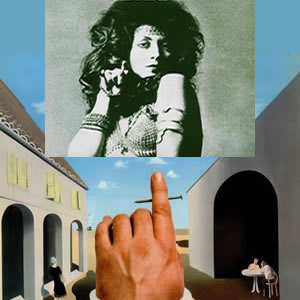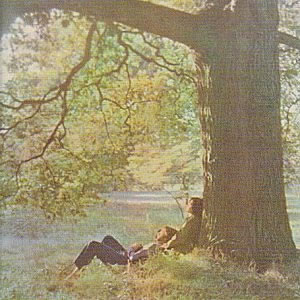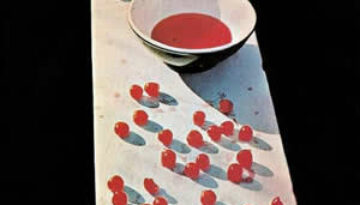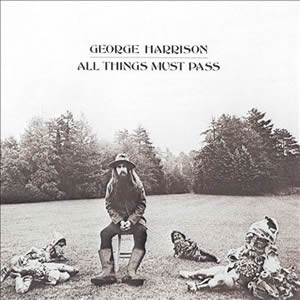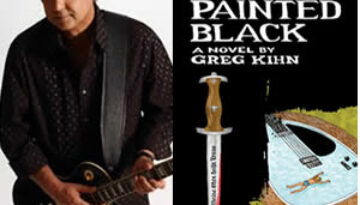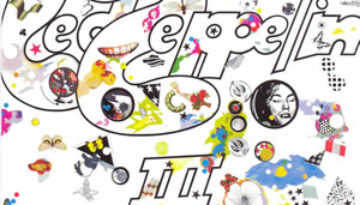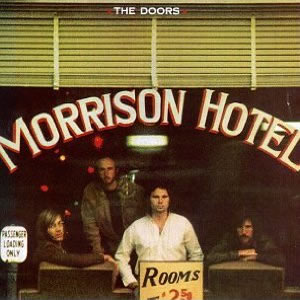John Barleycorn Must Die
by Traffic
Buy John Barleycorn Must Die Traffic returned from a short hiatus with the 1970 album John Barleycorn Must Die. Reformed as a trio, the group built this album mainly on extended, jazz-infused jams […]


